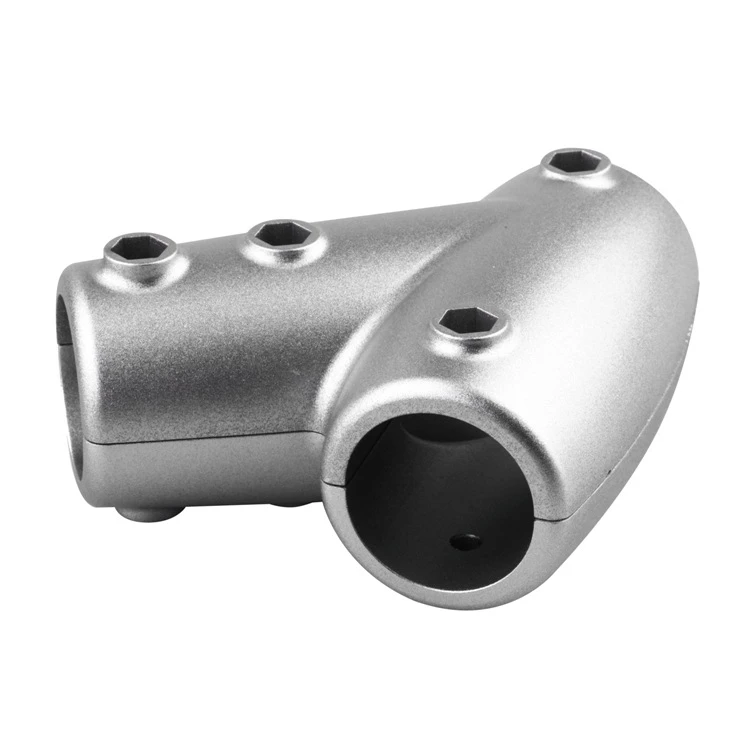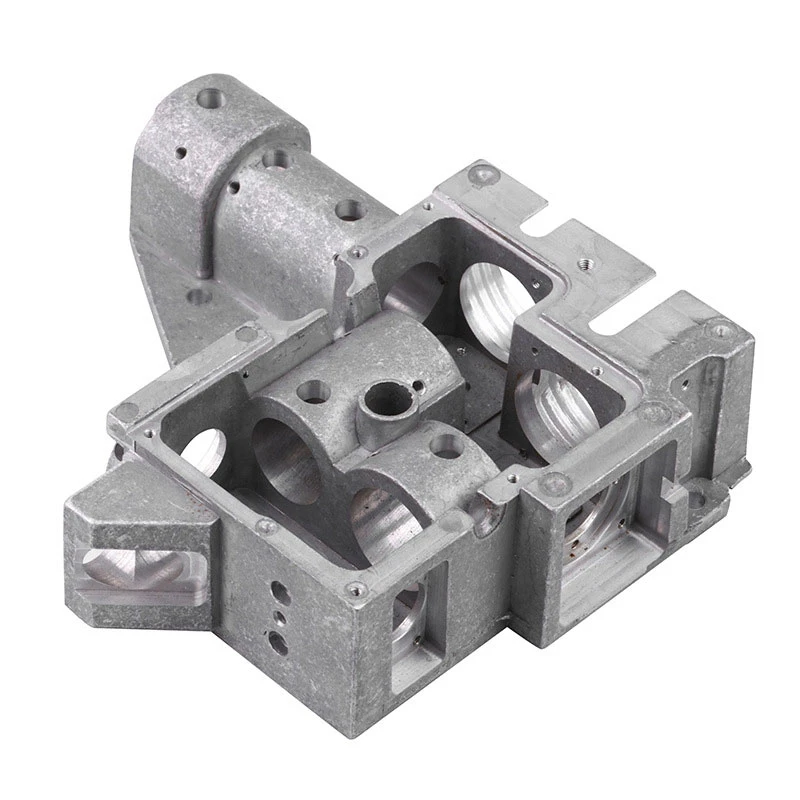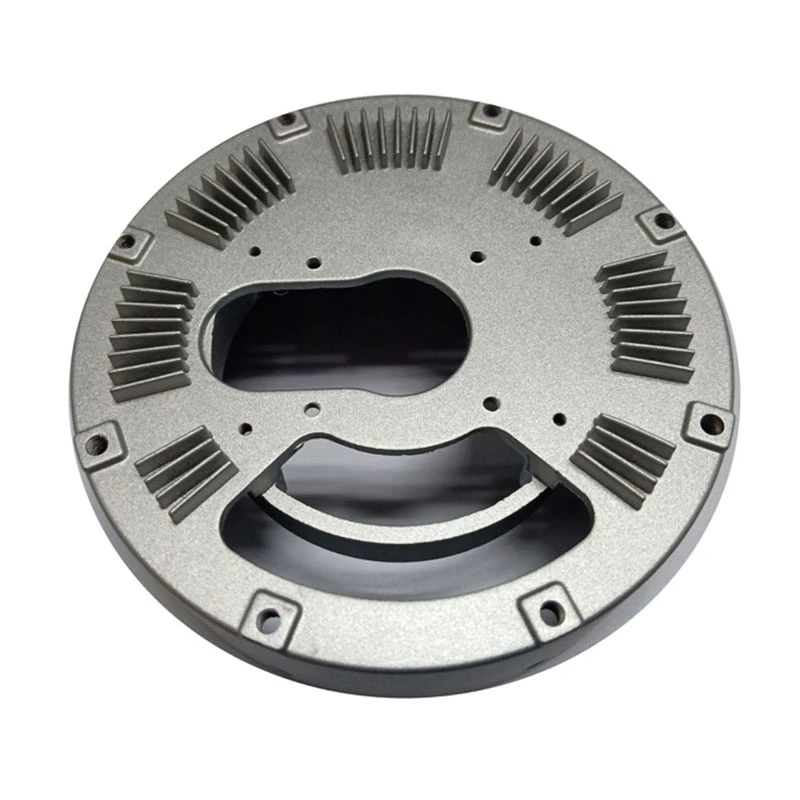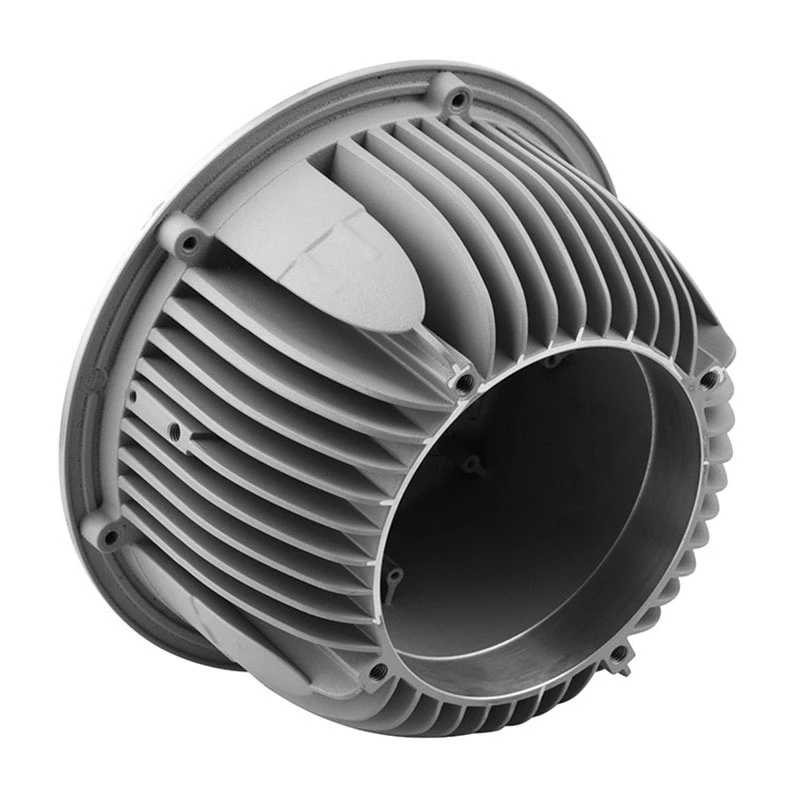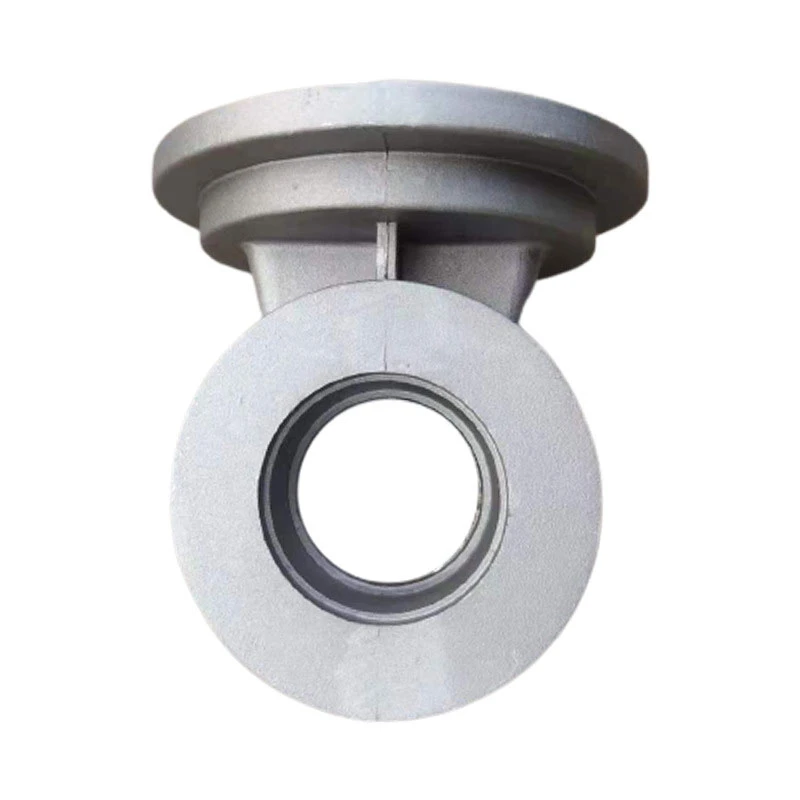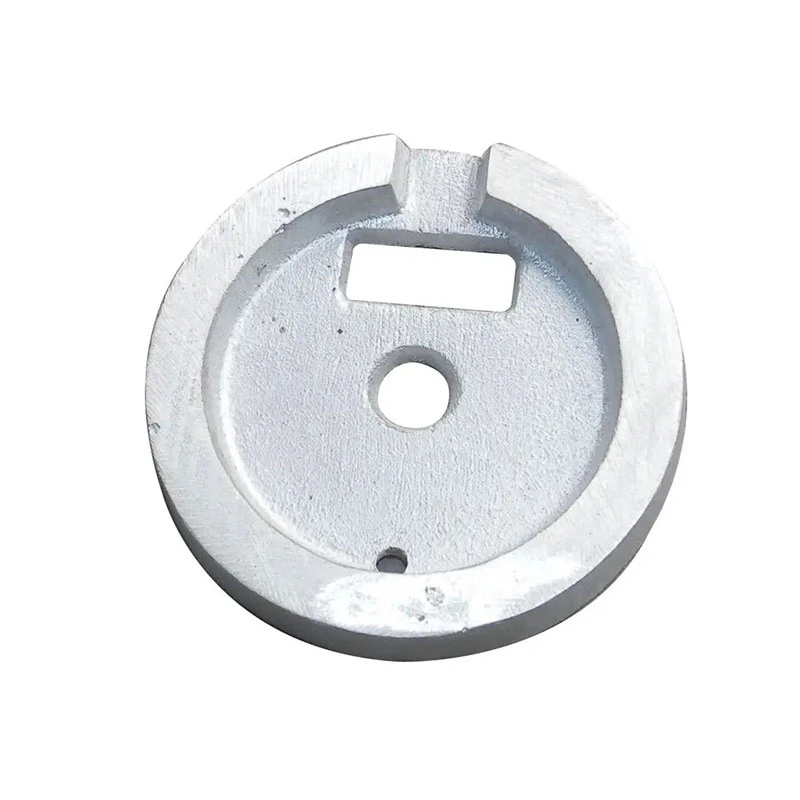machining quality
The Importance of Machining Quality in Manufacturing
Machining quality plays a pivotal role in the manufacturing sector, influencing product performance, durability, and overall customer satisfaction. As industries strive for higher efficiency and profitability, understanding and enhancing machining quality has become imperative for manufacturers. This article delves into the significance of machining quality, its impacting factors, and the strategies for improvement.
Understanding Machining Quality
Machining quality refers to the precision and finish of the machined parts produced during the machining process. This process, which includes operations such as milling, turning, grinding, and drilling, utilizes various tools and machines to remove material from a workpiece to achieve desired dimensions and surface finishes.
High machining quality is characterized by tight tolerances, minimal surface roughness, and the absence of defects such as chips, burrs, or dimensional inaccuracies. It directly affects the function of components in their respective applications, whether in automotive, aerospace, electronics, or any other industry requiring precision engineering.
Factors Affecting Machining Quality
Several factors contribute to the overall quality of machining operations
1. Material Selection The type of material being machined significantly influences the machining process and the resultant quality. Different materials have varying hardness, toughness, and machinability, which can affect tool wear and the final surface finish.
2. Tooling and Equipment The quality of the cutting tools and machines used in machining directly impacts the outcomes. Dull or inappropriate tools can lead to excessive tool wear and poor finishes, whereas high-quality, well-maintained equipment tends to produce superior results.
3. Machining Parameters Parameters such as feed rate, cutting speed, and depth of cut must be optimized for each machining operation. Incorrect settings can lead to excessive heat generation, tool failure, and surface defects.
4. Operator Skill The expertise of the machinist plays a crucial role in achieving high-quality outcomes. Skilled operators can better adjust the parameters, identify potential issues, and implement corrective measures during the machining process.
machining quality
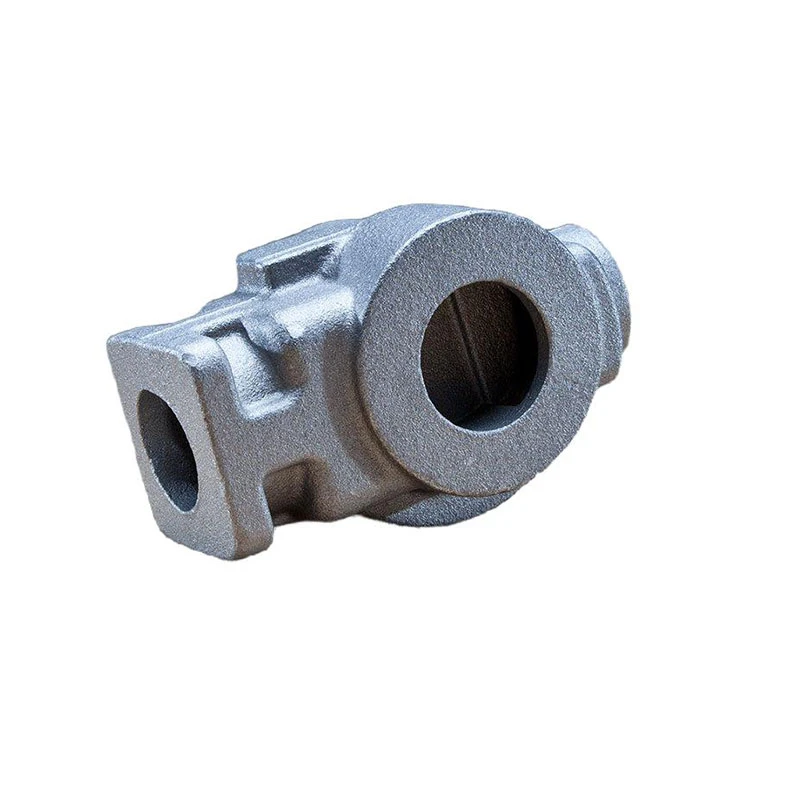
5. Environmental Factors Conditions such as temperature, humidity, and cleanliness of the machining environment can influence the accuracy and quality of the machined parts. For instance, contaminants can affect surface finishes, while thermal expansions can alter tolerances.
Strategies for Improving Machining Quality
Improving machining quality is a multifaceted approach that requires attention on various fronts
1. Investing in Technology Utilizing advanced machining technologies, such as Computer Numerical Control (CNC) machines and automated processes, can enhance precision, reduce human error, and improve repeatability.
2. Regular Maintenance Establishing a routine maintenance schedule for machines and tools ensures they remain in optimal condition. Regular inspections and timely replacements can prevent quality degradation.
3. Quality Control Measures Implementing robust quality control protocols, including statistical process control and real-time quality monitoring, allows for the early identification of issues. This proactive approach can minimize defects and ensure compliance with specifications.
4. Training and Development Investing in the continuous training of personnel ensures that operators are skilled in the latest machining techniques and technologies. This not only boosts employee morale but also fosters a culture of quality within the organization.
5. Material Optimization Selecting the appropriate materials and optimizing their machining processes according to their specific properties can significantly enhance the quality of the finished parts. Engaging with suppliers to understand material behaviors is essential.
Conclusion
The significance of machining quality cannot be overstated. As the manufacturing landscape continues to evolve with technological innovations and increasing customer expectations, the emphasis on high-quality machining will only grow. By understanding the critical factors that influence machining quality and implementing effective strategies for improvement, manufacturers can ensure their competitiveness and commitment to excellence in a challenging marketplace.
In summary, focusing on machining quality leads to enhanced product performance, reduces waste, and boosts customer satisfaction, laying the groundwork for sustainable growth and innovation in the manufacturing sector.
-
Precision Lost Wax Casting Quotes – High Accuracy Custom Parts Lost Wax Precision Casting ServicesNewsJul.07,2025
-
High-Quality Sand Used for Casting - Superior Sand for Sand Casting ProcessesNewsJul.07,2025
-
China Supply High End Metal Stamping Parts Sino - Precision Manufacturing FactoryNewsJul.06,2025
-
High-Quality Automotive Investment Casting Services Precision & Sand Casting SolutionsNewsJul.06,2025
-
Sand Casting Plastic Solutions Custom Plastic Machining & Die Casting ServicesNewsJul.06,2025
-
Precision Aluminum Casting Parts Manufacturer High-Quality Investment & Die Casting SolutionsNewsJul.05,2025








